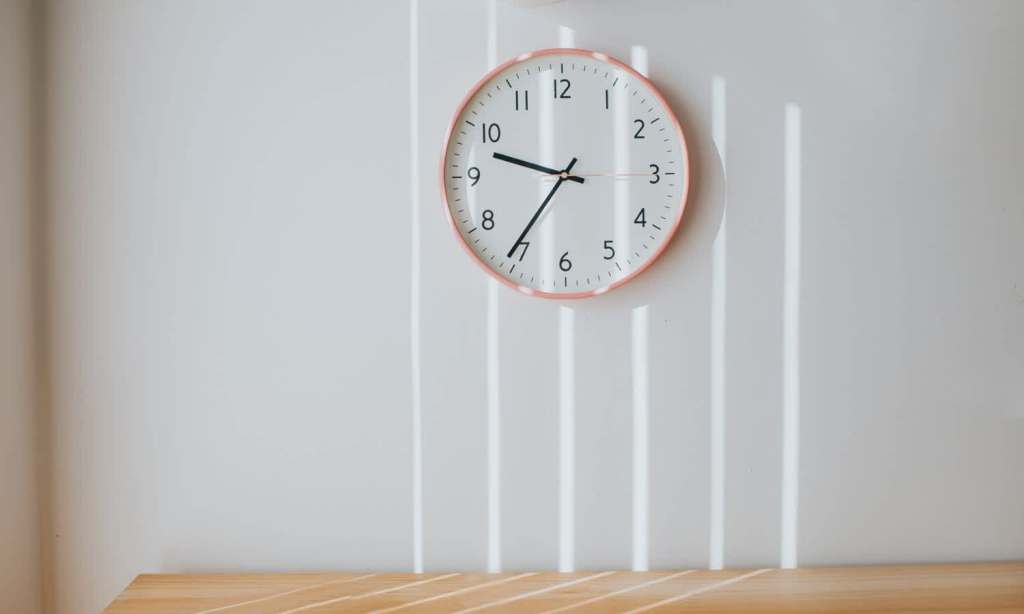Now that Easter is looming, it’s that time of year to start typing ‘when does daylight savings end’ into Google. Wait, apologies — it’s that time of year, but only for some of the states and territories. Yes, the confusing and controversial event is mere weeks away — so let’s breakdown when daylight savings ends in 2021.
When is daylight savings ending this year?
Daylight savings ends on the first Sunday of April across the country. This year, that means daylight savings ends on Sunday, April 4. The exact time it ends is at 3am and clocks will go back an hour for the areas that observe (an extra hour of sleep!).
How many time zones will Australia have then?
In case you didn’t already know, Australia is divided into three different time zones: Eastern Standard Time, Central Standard Time and Western Standard Time.
Unsurprisingly, Eastern Standard Time covers states and territories on the east coast of Australia — Queensland, NSW, Victoria, Tasmania and the ACT.
Central Standard Time covers South Australia and the Northern Territory. Oh, and confusingly enough — it also covers the town of Broken Hill (which is in NSW).
Western Standard Time covers…Western Australia.
So when daylight savings ends, we’ll have three time zones. When daylight savings is on, Australia boasts five different zones (it’s confusing).
Where in Australia observes daylight savings?
As it turns out, not all of us will be turning our clocks backwards. Western Australia, the Northern Territory, and Queensland don’t observe daylight savings, so they don’t have to worry about the sudden panic of everything being an hour off.
NSW, Victoria, South Australia, Tasmania and the ACT — the panic is coming for you.
How long has Australia been observing daylight savings?
It was our neighbours in New Zealand who suggested it originally — a man who studied insects by the name of George Hudson came up with the idea in 1895.
As for when we started it, it was during World War I, in 1916; it was introduced in an attempt to save power. It stopped when the war did and was reintroduced during WWII.
Tasmania brought it back in the late ’60s. A few years later in 1971, multiple states brought it back: NSW, Victoria, Queensland, South Australia and the ACT (yes, we know the latter is a territory).
Queensland observed it in 1971 and gave it up in 1972.
Only in 2007 did the states that observe daylight savings agree on a specific date to “spring forward, fall back” as the saying goes.
Will daylight savings ending ruin my sleep?
No actually, it’s better for you. As the ending of it is occurring (where we “fall” back), we actually gain an hour of sleep. And as it gets darker earlier, we often head to bed earlier as well.
If you are struggling with your sleep at all, Kmart has a weighted blanket that can help (the science is behind it and everything), experts have provided their sleep tips, or you might want to try brown noise out.
Read more stories from The Latch and subscribe to our email newsletter.







